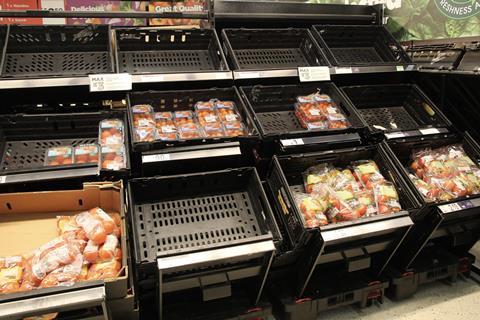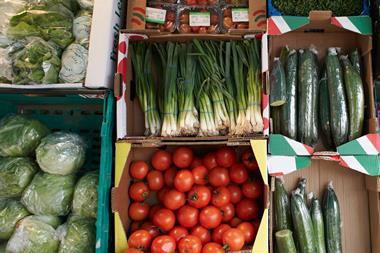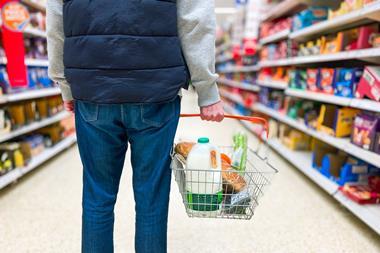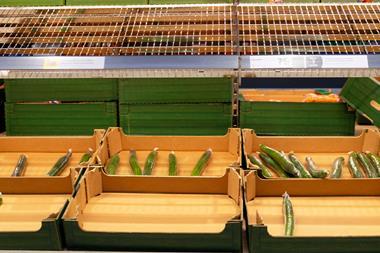
Food price inflation has hit a 45-year high of 18% amid shortages of fruit and vegetable, according to the latest data out this morning.
The rise in food prices, alongside higher energy bills, contributed to a shock jump in the UK headline rate of inflation to 10.4% in the year to February, up from 10.1% a month earlier.
It is the first rise in UK inflation for four months and defied the expectations of the Bank of England for a fall back to 9.9%.
The Office for National Statistics reported food and non-alcoholic drinks prices rose at the fastest rate for 45 years to 18.2%, compared with 16.8% in January.
Vegetable prices were the main driver of the acceleration, rising 18% in the year to February, which is the higest rate since February 2009.
The ONS said the shortages of fruit and veg on supermarket shelves last month may have driven up prices.
Annual inflation rates for bread and cereals, chocolate and confectionery, other food products (principally ready-meals and sauces) and hot beverages were also each the highest since at least 2008.
Alcoholic beverages and tobacco inflation increased from 5.1% to 5.7%, with prices for alcohol in restaurants and pubs driving up costs for households.
Clothing costs also rose last month but fuel prices continued to fall.
ONS chief economist Grant Fitzner said: “Inflation ticked up in February, mainly driven by rising alcohol prices in pubs and restaurants following discounting in January.
“Food and non-alcoholic drink prices rose to their highest rate in over 45 years with particular increases for some salad and vegetable items as high energy costs and bad weather across parts of Europe led to shortages and rationing.
“These were partially offset by falls in the cost of motor fuel, where the annual inflation rate has eased for seven consecutive months.
British Retail Consortium CEO Helen Dickinson added: “While inflation is expected subside later this year, prices are likely to remain elevated as the higher costs throughout supply chains become baked in.
“Retailers are committed to doing everything they can to keep the price of essentials low through expanding value ranges and offering discounts for vulnerable groups. Against this backdrop, government must do more to limit one of the biggest drags to retail investment, which is oncoming regulatory burdens heading down the track, or risk a crash in business investment and further inflationary pressures.”



















No comments yet